…considered the essential part of women’s apparel. The staymaker or “tailleur de corps baleine” became a separate and specialized profession, who were always men. (Sketch: 18th century Staymaker, always men)
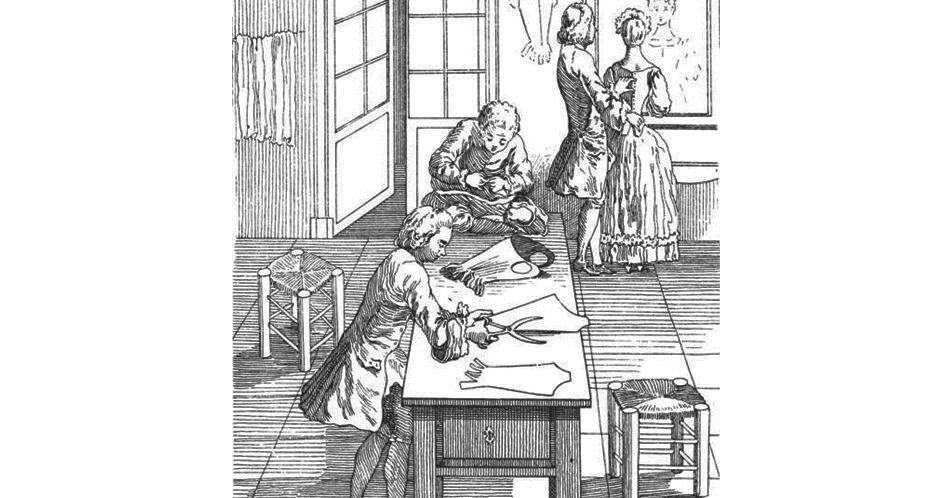

…considered the essential part of women’s apparel. The staymaker or “tailleur de corps baleine” became a separate and specialized profession, who were always men. (Sketch: 18th century Staymaker, always men)
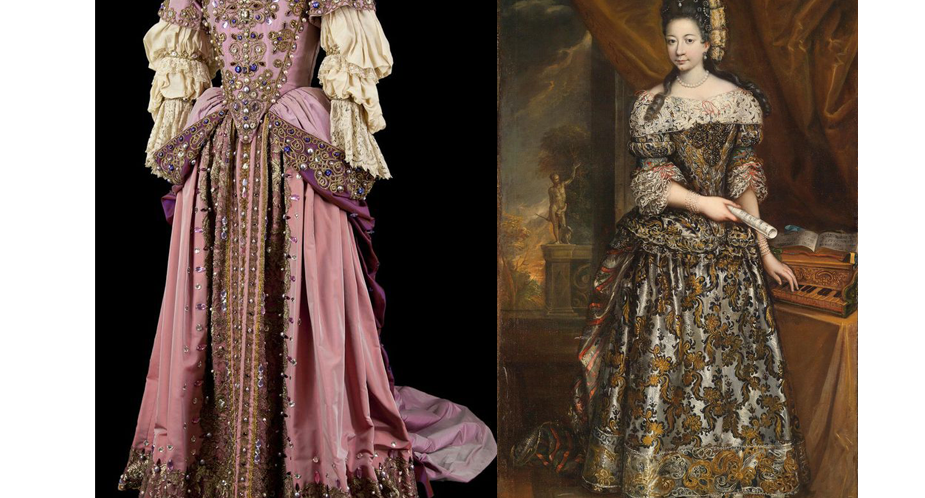
(Featured: French and Spanish Court dresses)
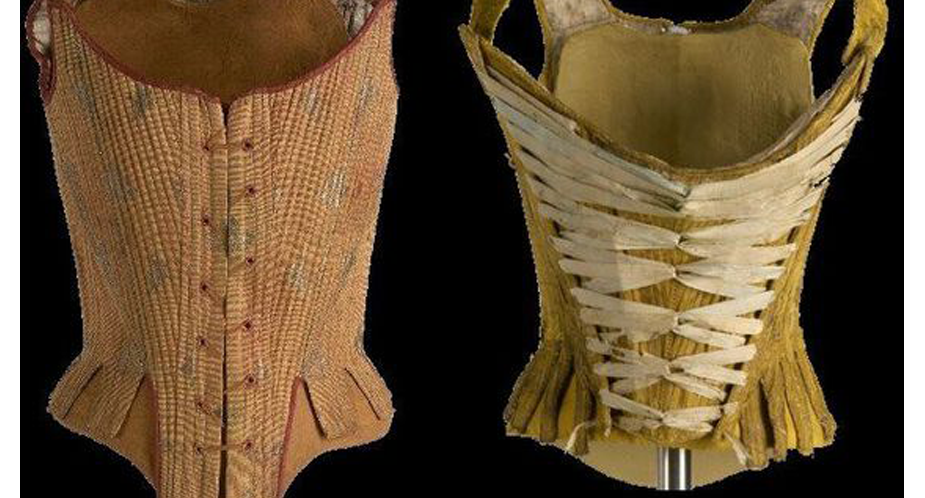
…half boned or fully boned. They might lace up in the front or the back, and were worn on the outside of the skirt or dress, but with the back tabs underneath so they could hold up the petticoats. (Photos: 17th century stays with petticoat tabs)
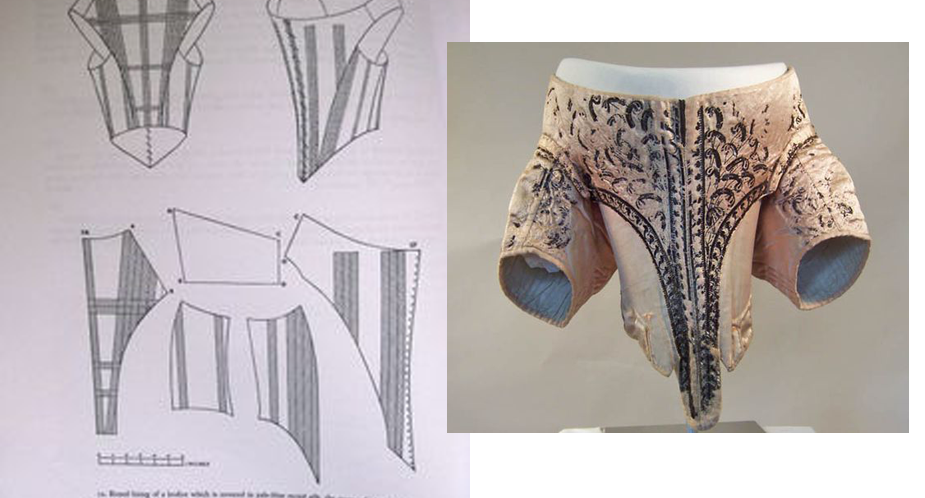
…now went over the hips with the whalebone being carried down tabs so they wouldn’t poke the waist. The bodice now had diagonal side seams. This arrangement of boning gave a rounder shape and a more slender appearance to the woman, which made her appear to have an oval neckline …
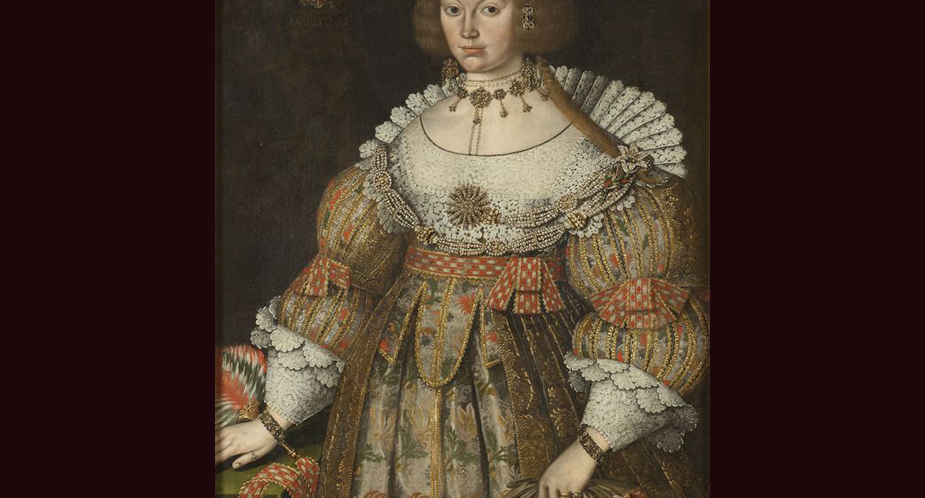
…periods had their origin in the boned bodice of the middle of the 17th century. From 1650 on, the bodice reached the waist, and kept going lower. This was achieved by lengthening center front and center back pieces. (Portrait: 1640’s Swedish royal)
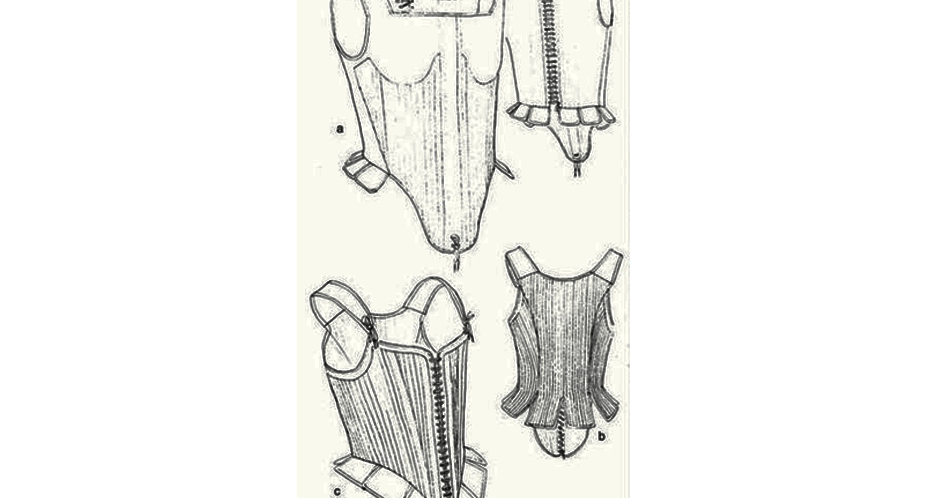
…went along with any whaleboned stays, to hold them in place on the body and to lift the breasts high. Throughout the 16th century shoulder straps were right on the shoulders. In the 17th straps gradually slipped off to the top of the arm. By the middle of the century …
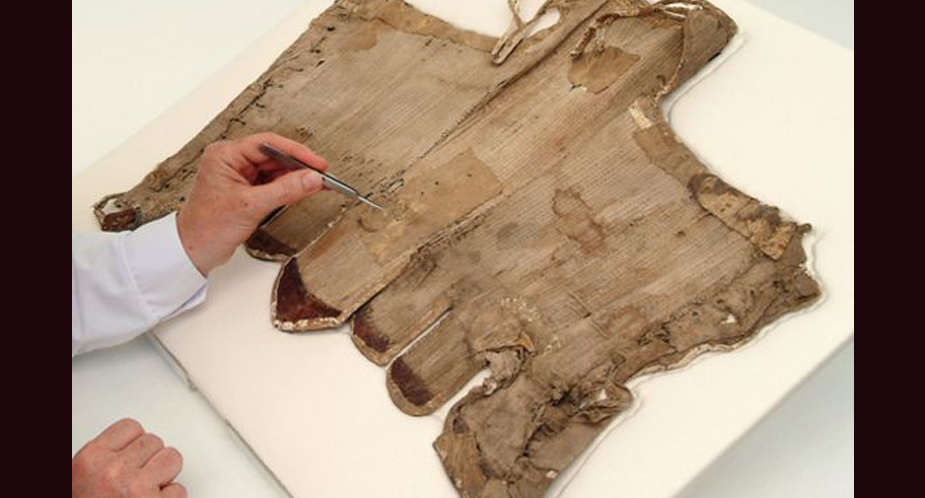
…descended again and the gown remained simple. The bodice remained heavily whaleboned like stays. (Photo: 1620-1630 stays studied by archivists)
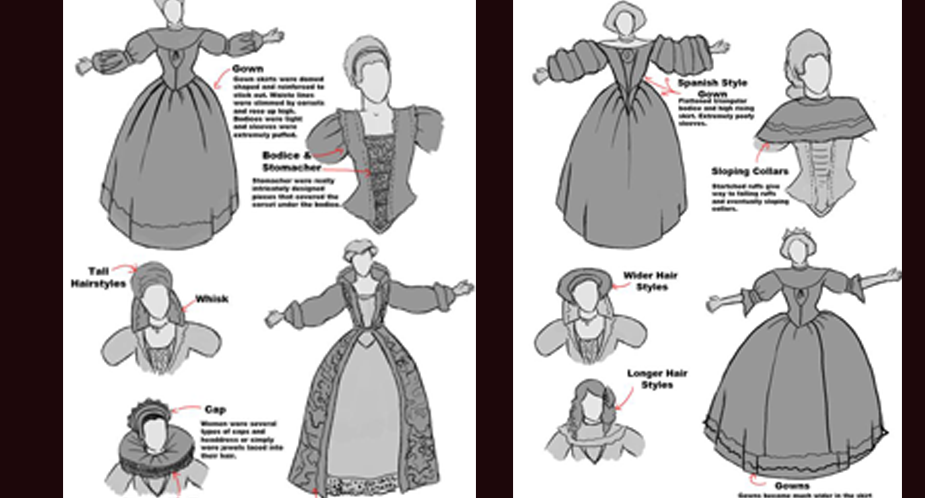
…a very simple dress with a very low neck and short waist. The silhouette became longer and straighter, and stays almost disappeared. They were incorporated into the dress itself. (Sketches: Fashion lines 1600 to 1660)
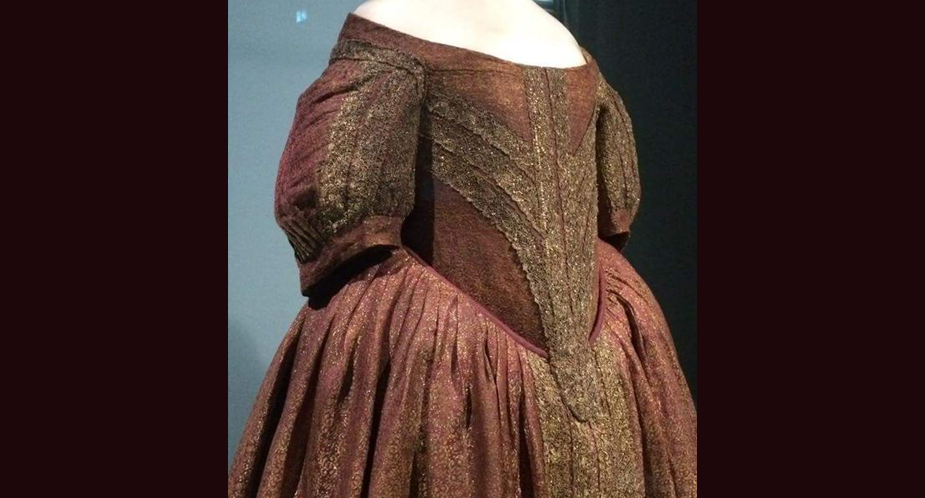
…with the Puritan regime coming into power put an end to extravagant dress. Restrictions were placed on imports to France and England, which caused an increase in home-produced silks and textiles which were inferior in quality. (Extant: simple 1650 dress of Magdelena Sybilla of Germany)
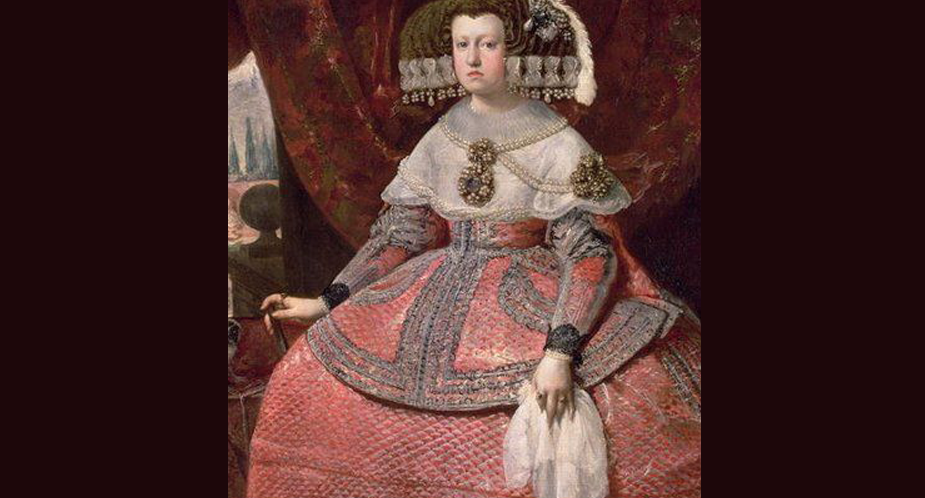
…the silhouette changed and evolved quite a bit. It continued to become softer and more rounded. Simpler materials replaced the stiff patterned brocades and velvets notable of the prior era. The best silks, velvets, brocades, and laces still came from or through Italy at the time. (Portrait: 1658 Queen Maria …